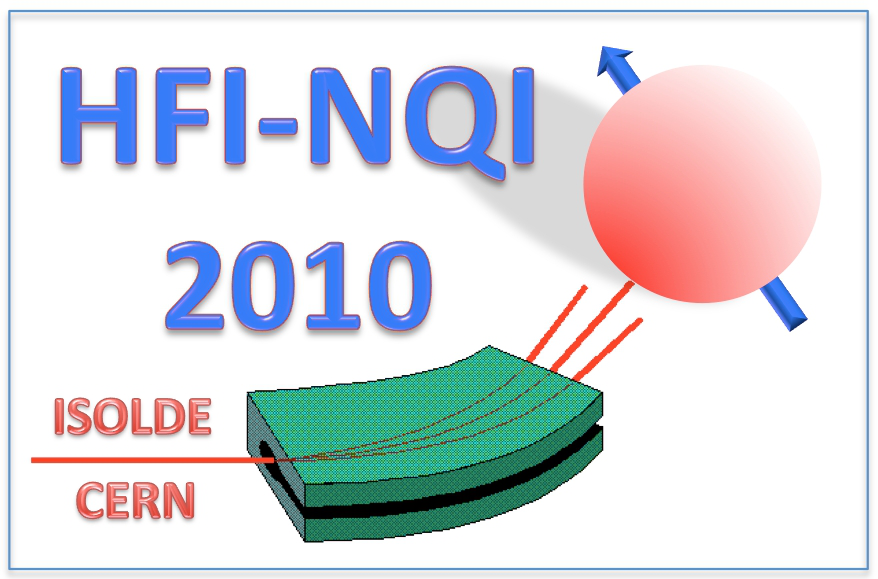Speaker
Description
Summary
The nanotechnological interest in reducing the dimensions of Si complementary metal-oxide-semiconductor devices has led to a need of replacing the SiO2 gate insulator with high-k dielectric oxides. Among many candidates, HfO2 and its alloys with SiO2 have attracted the attention due to their high permittivity and thermodynamic stability concerning solid- state reactions with Si subtrate. This fact makes the study of the solid-state reactions between Si and HfO2 of main interest. The Perturbed Angular Correlations (PAC) method is a powerful tool for the determination of electric field gradients at atomic sites in solids. In this way, it is possible to characterize different compounds and phases.
The aim of this article is to characterize high-energy ball milled equimolar mixture of HfO2 and crystalline silicon powder by PAC technique complemented with X-ray diffraction analysis. In order to better analyze the results of the milling treatments, pure hafnium oxide was milled in the same conditions and measured subsequently.
PAC results from pure hafnium oxide revealed that the well-known monoclinic phase of HfO2 is strongly disrupted with 2 hours of high- energy ball milling. A new hyperfine interaction, rather asymmetric, must be proposed to give account of the experimental results. The damage does not increase so much as the milling treatment progresses.
The structure of m-HfO2 seems to be less perturbed in the milled mixtures HfO2-Si if compared with the same milling times in pure HfO2. The same new interaction observed in milled HfO2, but more asymmetric and distributed, must be considered to give account of the experimental results. The results are compared with previous PAC studies on milled HfO2-SiO2 [1].
References
[1] C.Y. Chain et al., Journal of Alloys and Compounds 495, 527 (2010)
| Please specify whether you would prefer an oral or poster contribution. | poster contribution |
|---|
